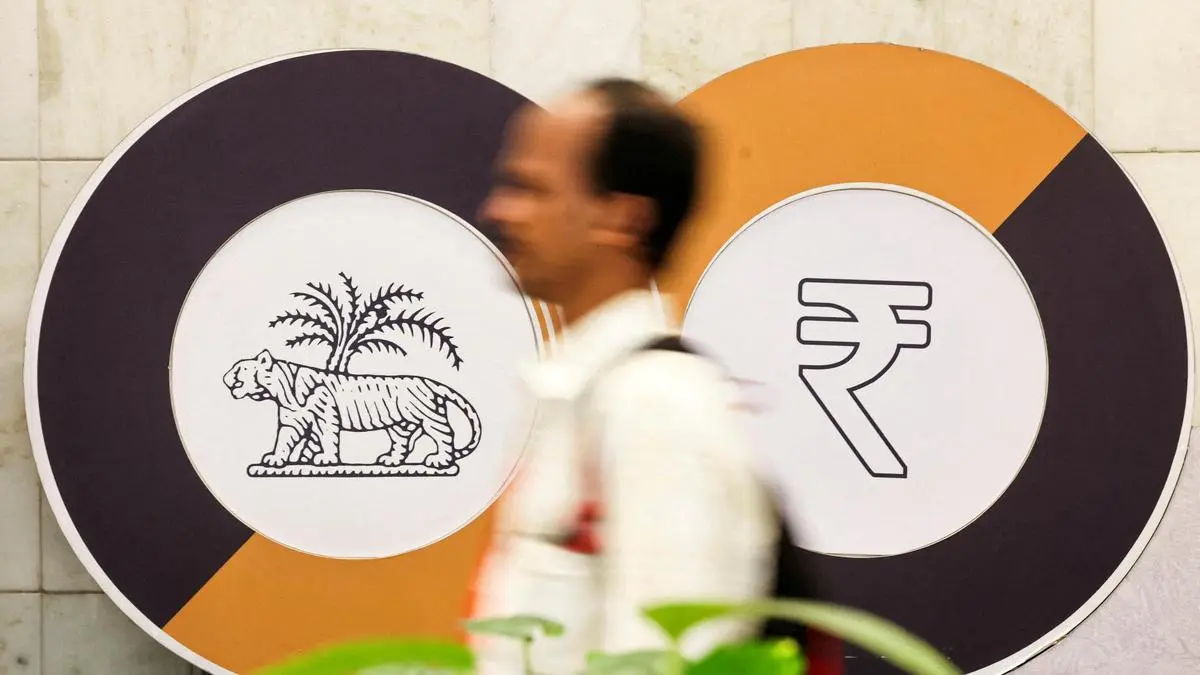The Indian rupee snapped a brief slide on Tuesday, strengthening after several sessions near a record low. Traders said the central bank likely stepped in to support the currency, lifting it away from pressure points.
Quick market move
After trading close to a record low of 88.80 for three straight sessions, the rupee rose to 88.42 on Tuesday — a gain of about 0.4%. Market participants attributed the uptick to probable intervention by the Reserve Bank of India in both the spot market and the non-deliverable forwards.
What the intervention means
- Spot market action: Buying dollars or selling rupees in the immediate market can push the exchange rate lower and provide swift relief to the rupee.
- Non-deliverable forwards (NDFs): These are offshore contracts used to hedge or speculate on the currency when domestic trading is restricted. Intervention in NDFs can influence offshore pricing and reduce market stress.
- Traders’ view: Intervention is often aimed at calming sharp moves and preventing a one-way bet against the currency.
Why it matters
A firmer rupee can ease costs for importers, dampen imported inflation, and reduce volatility in financial markets. However, such moves may be temporary if global drivers keep pushing the dollar higher.
What to watch next
- Global dollar strength and U.S. data — these often dictate pressure on emerging market currencies.
- Crude oil prices and domestic inflation — higher oil can blunt any gains in the rupee.
- Official signals from the central bank — comments or policy moves could clarify whether intervention will be sustained.
For now, the rupee’s bounce offers short-term relief, but market participants will be watching global cues and central bank actions to gauge how long the recovery can last.
